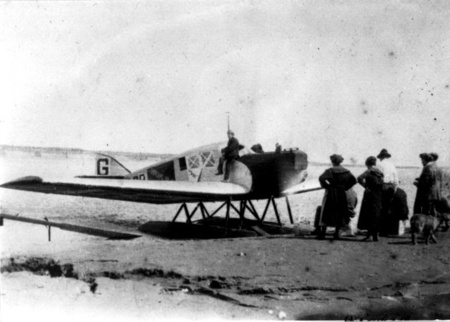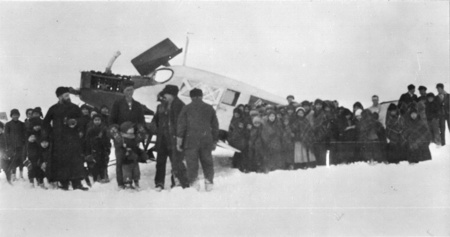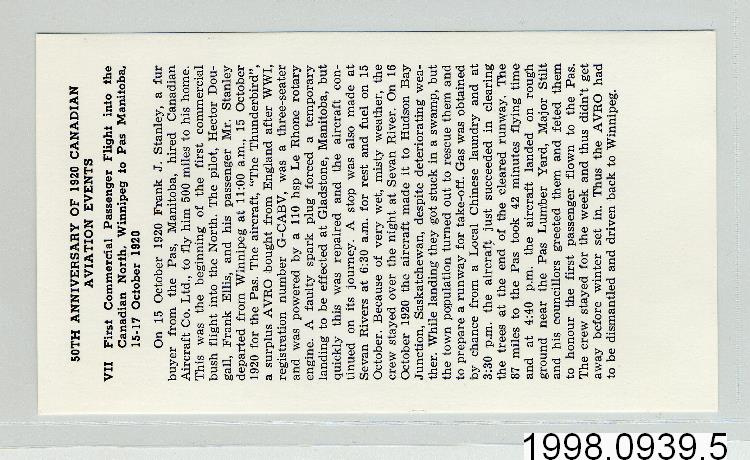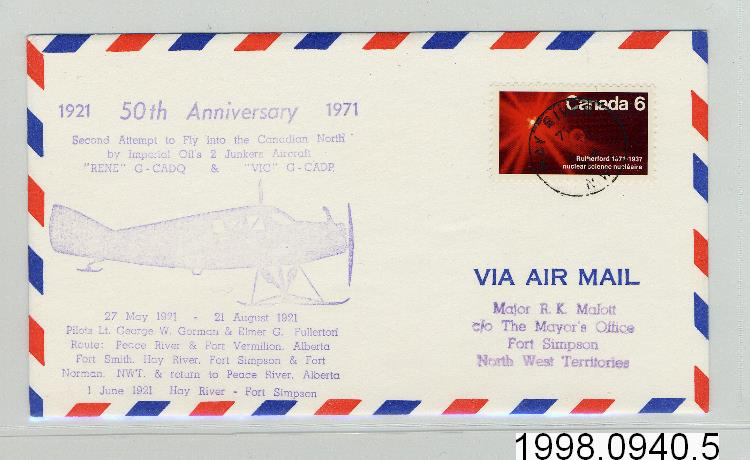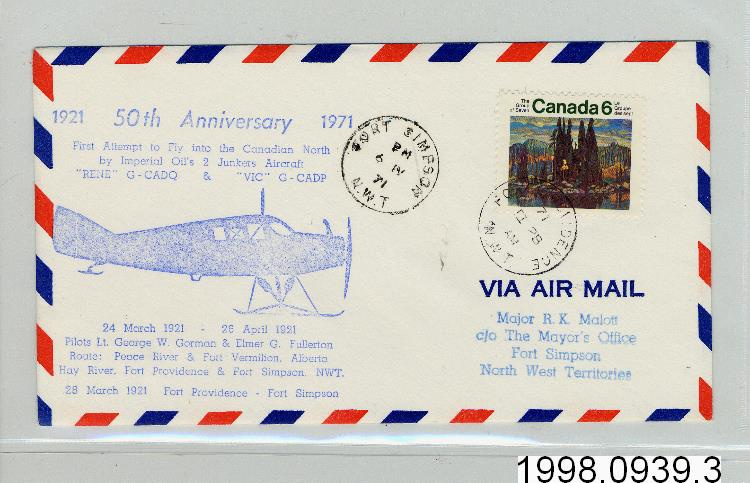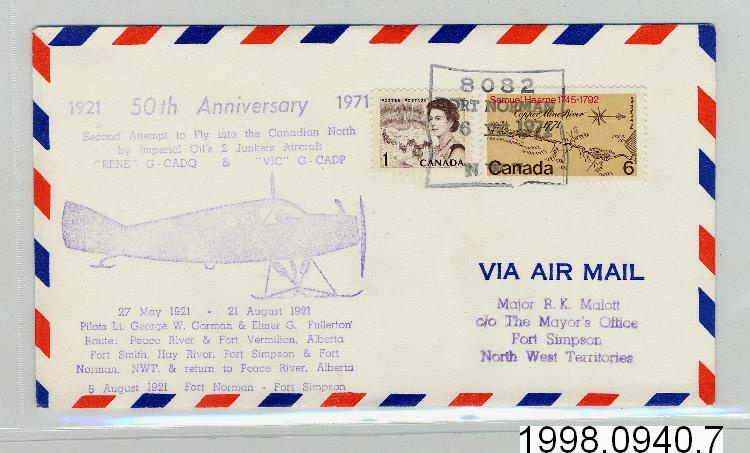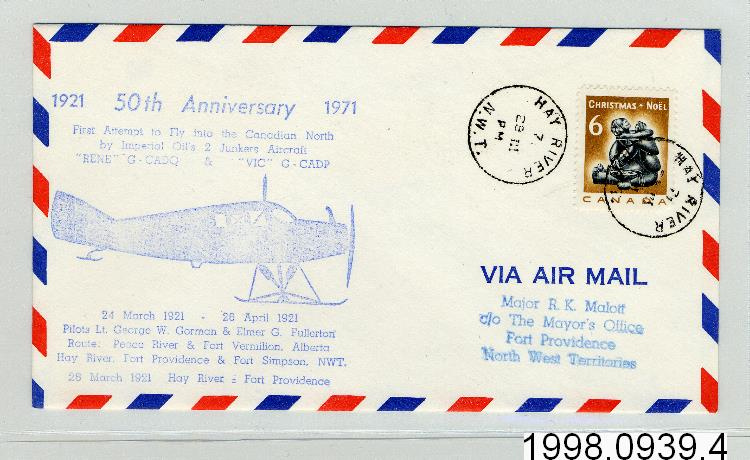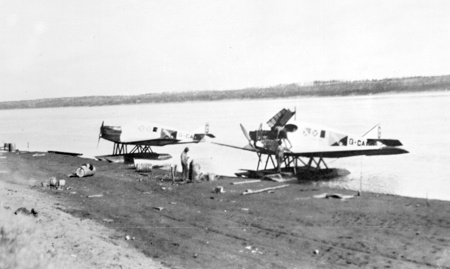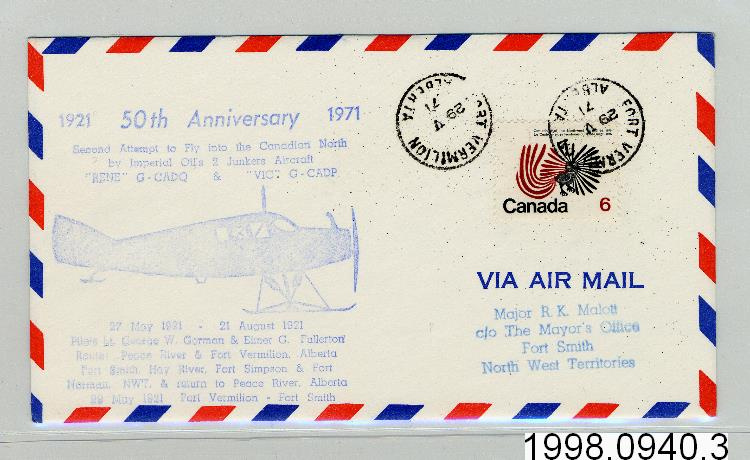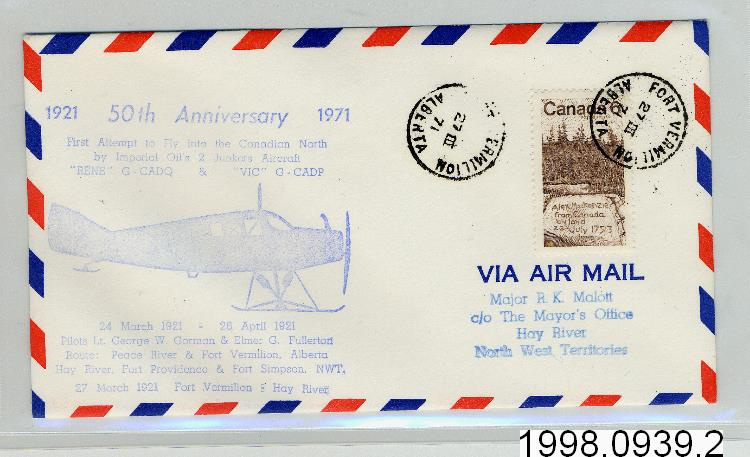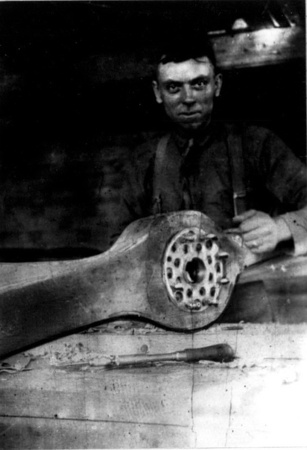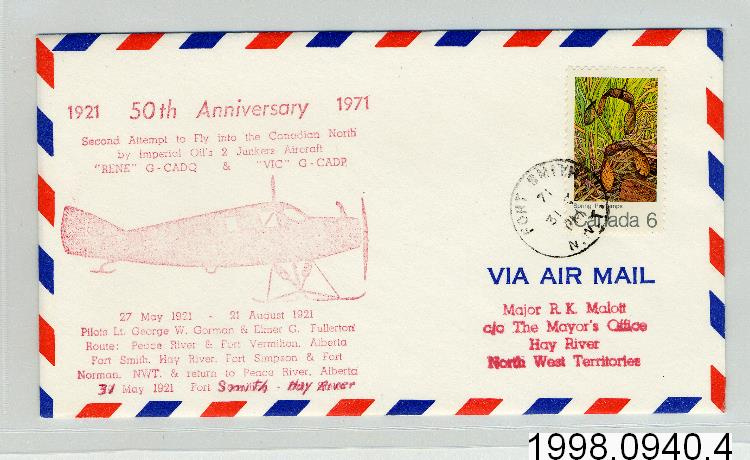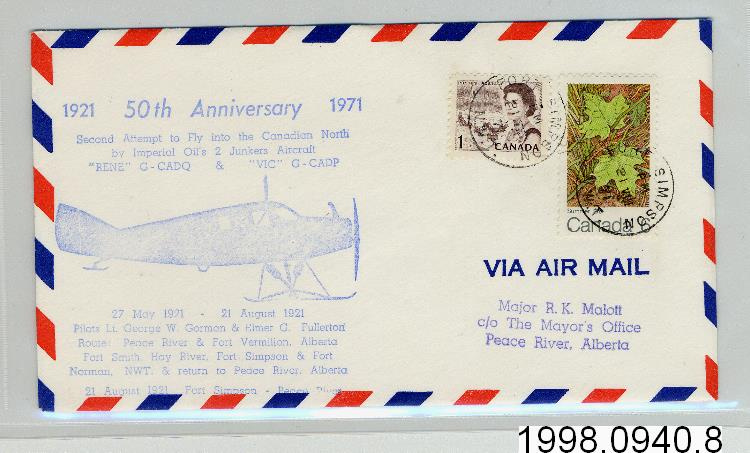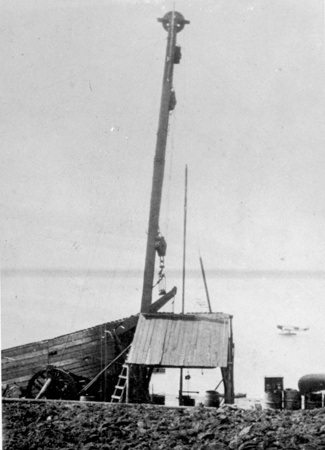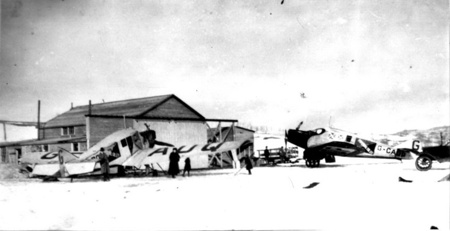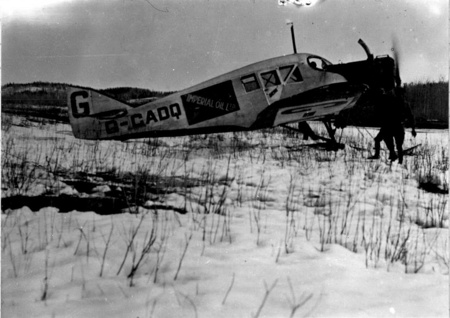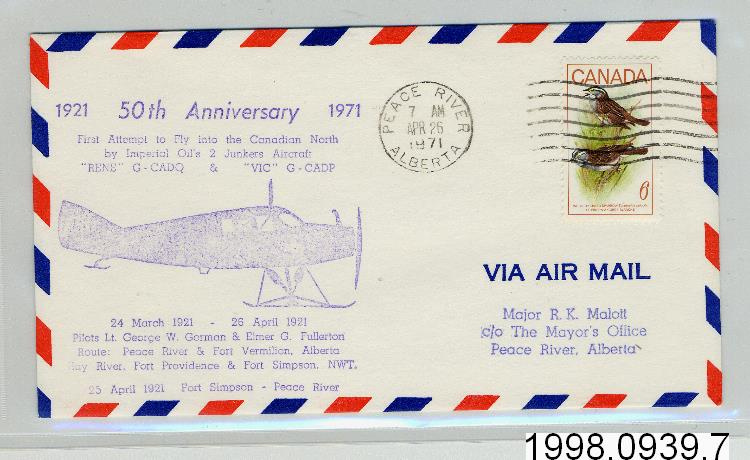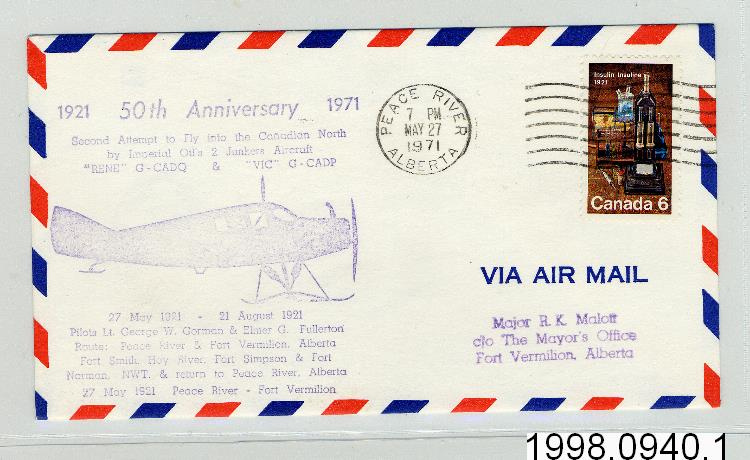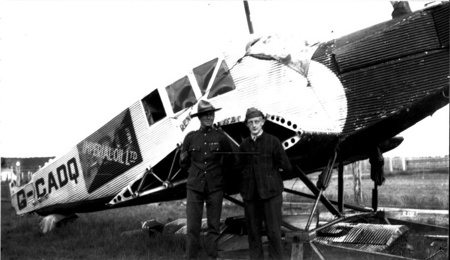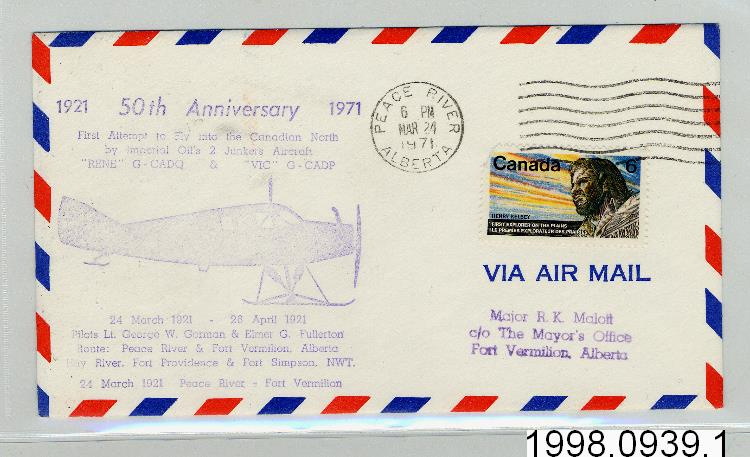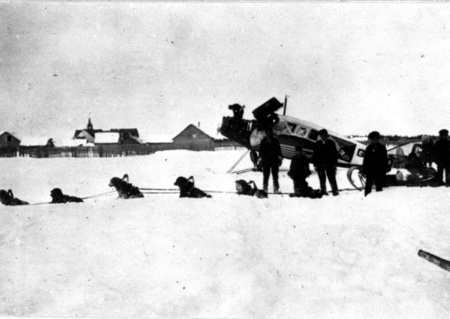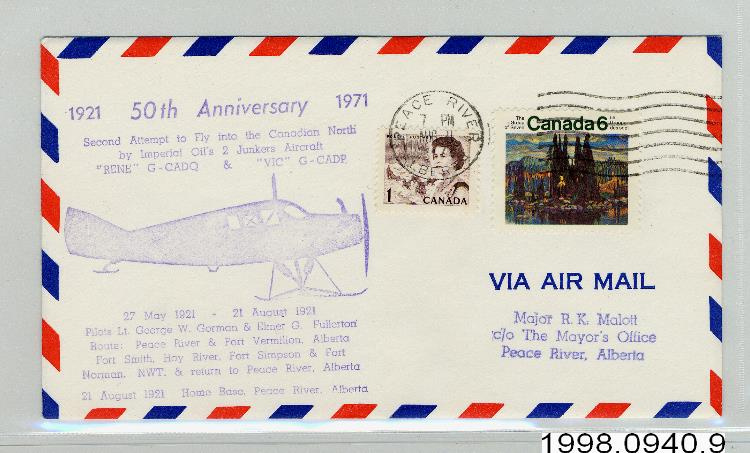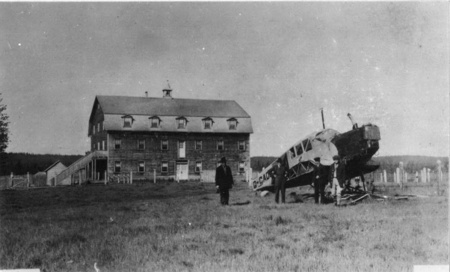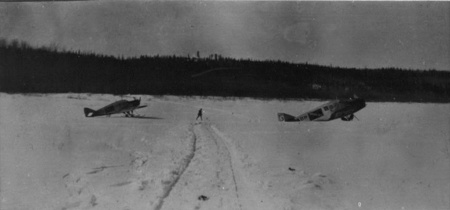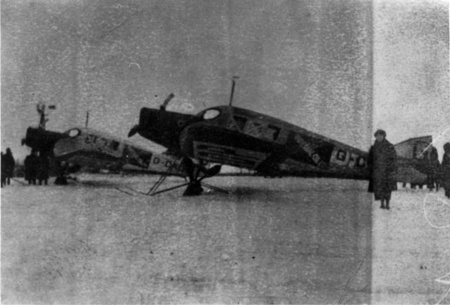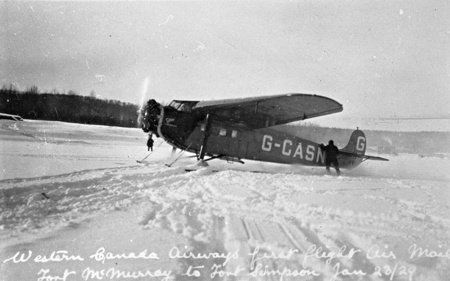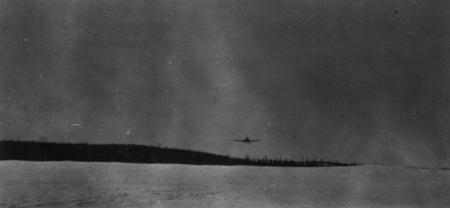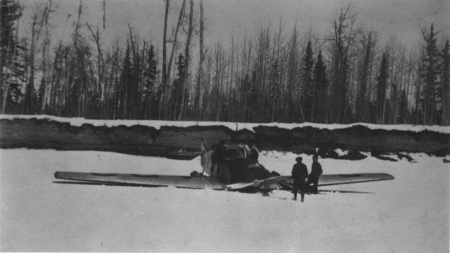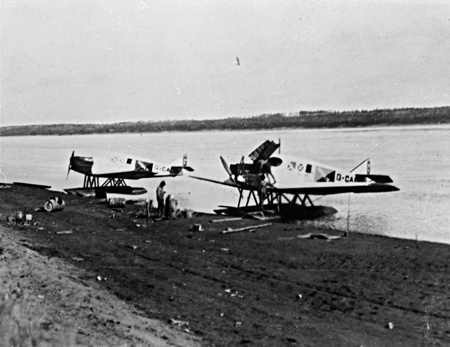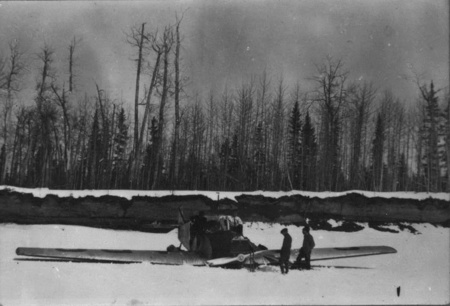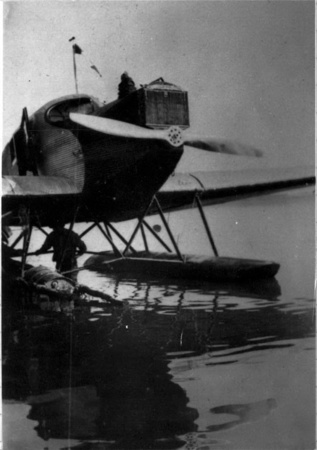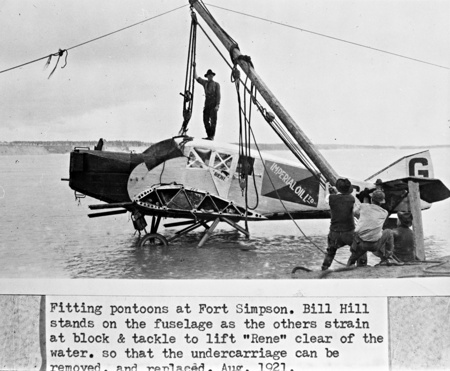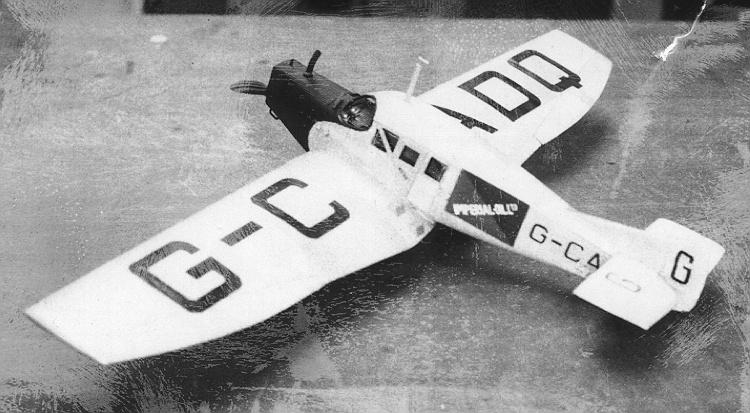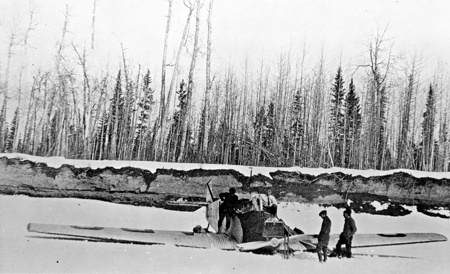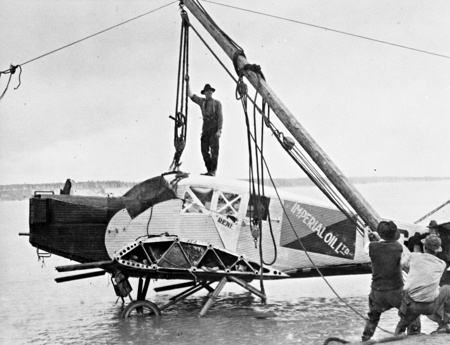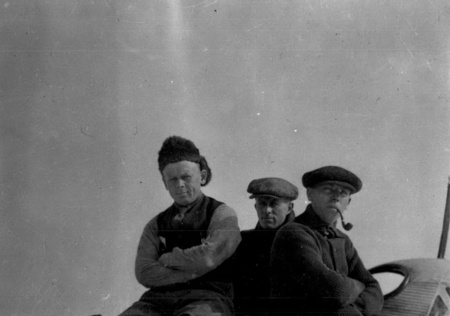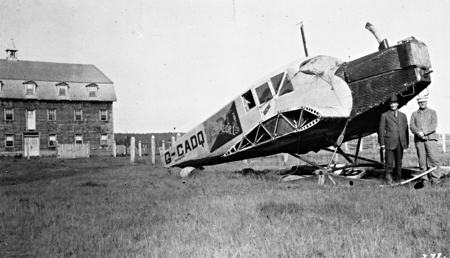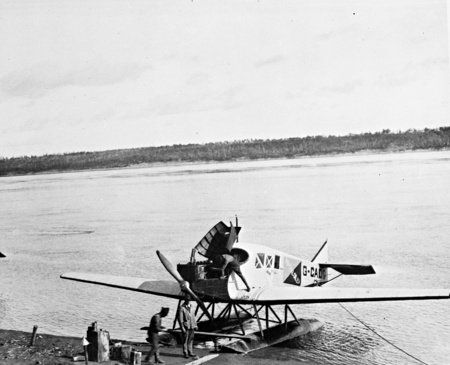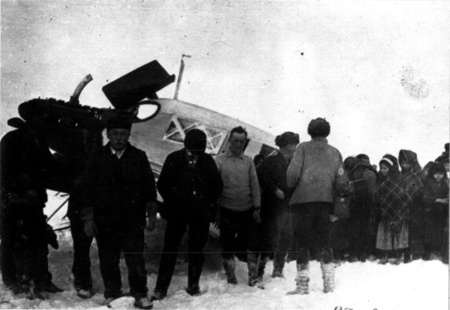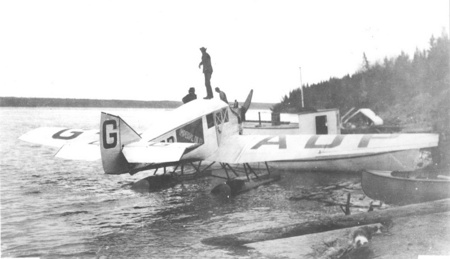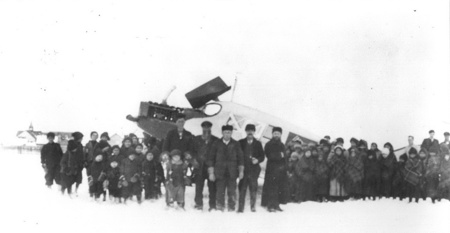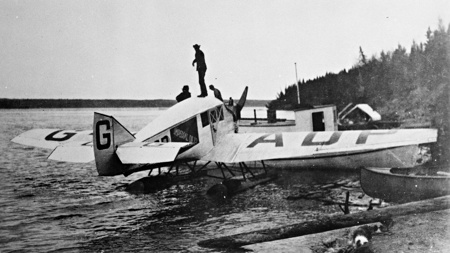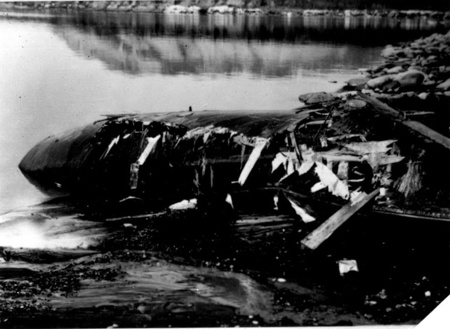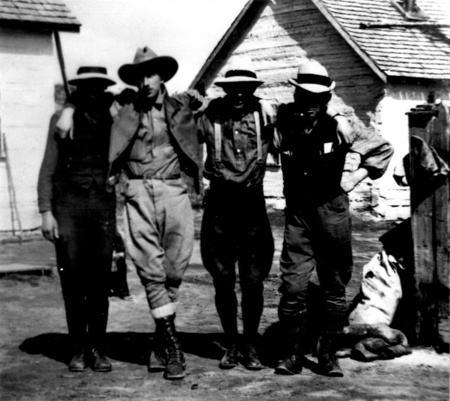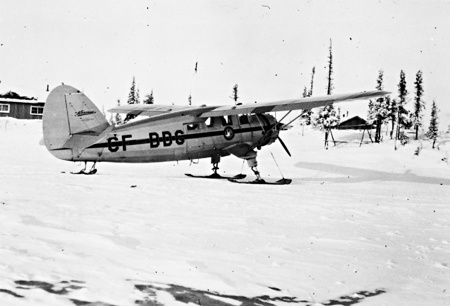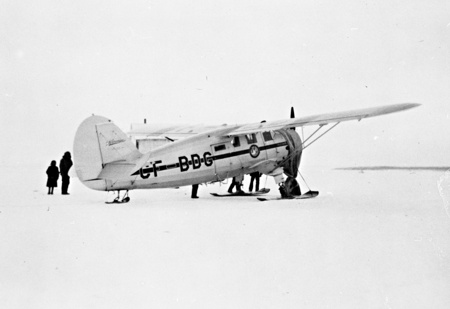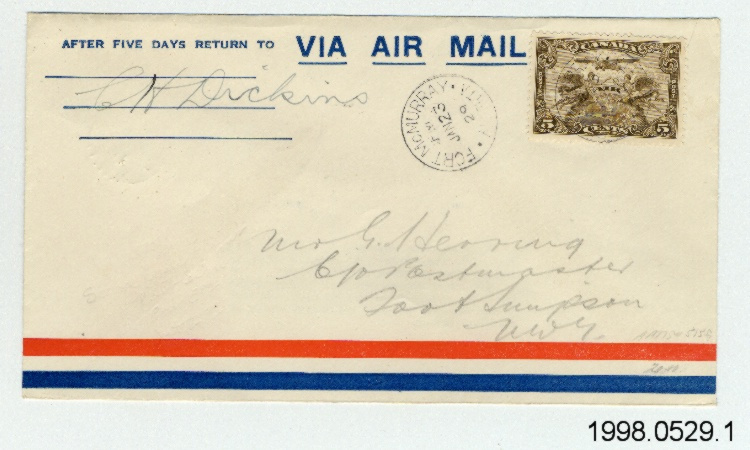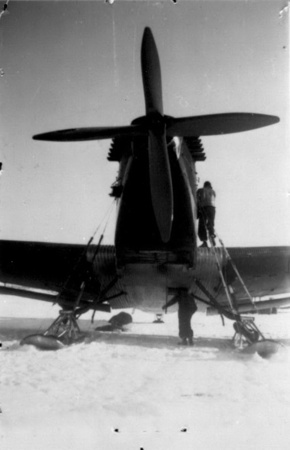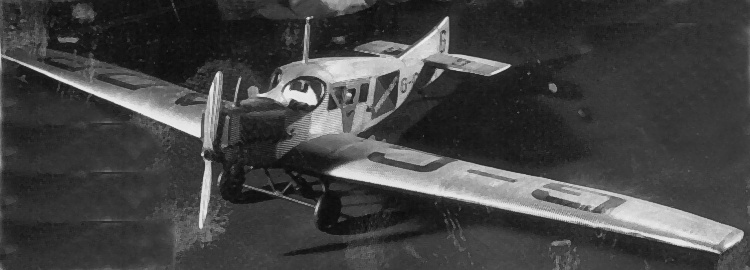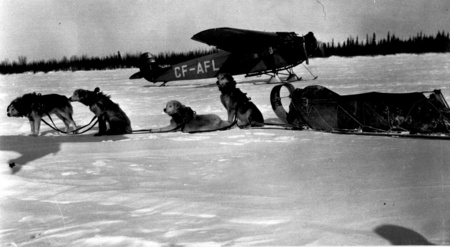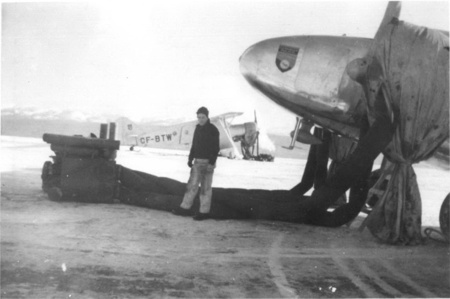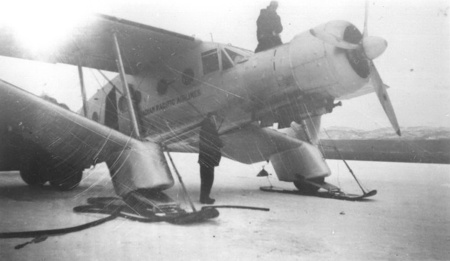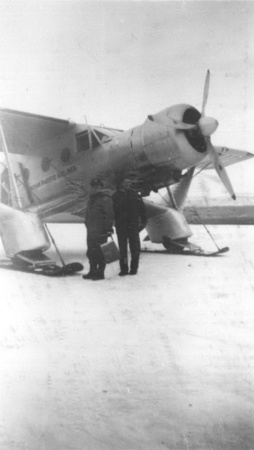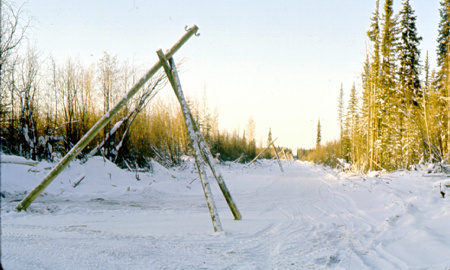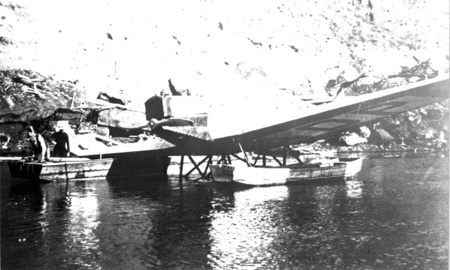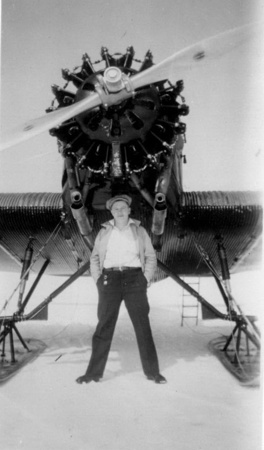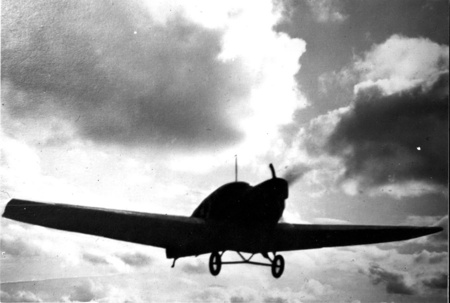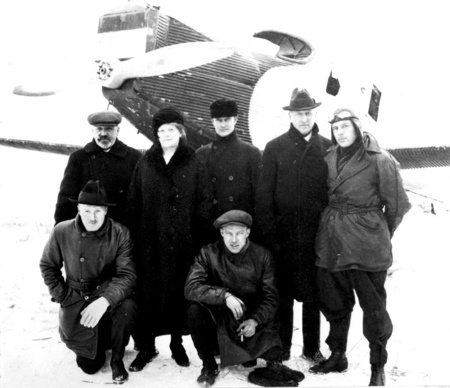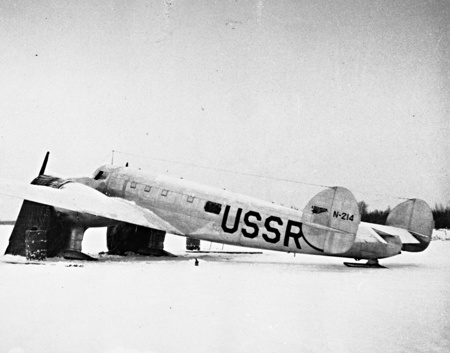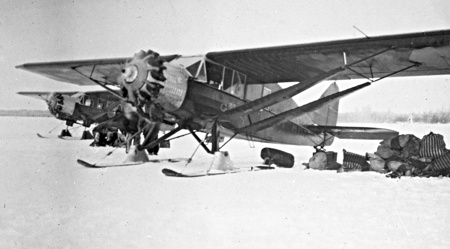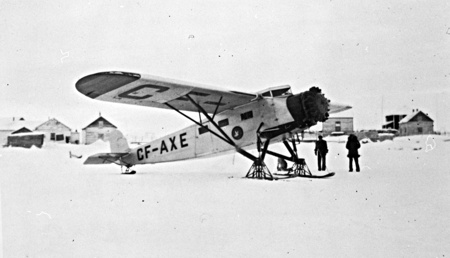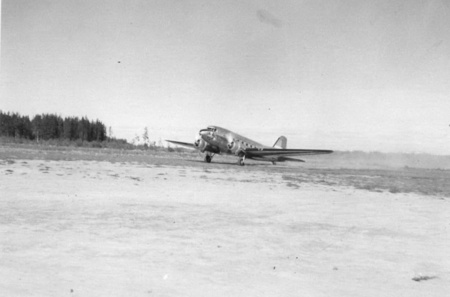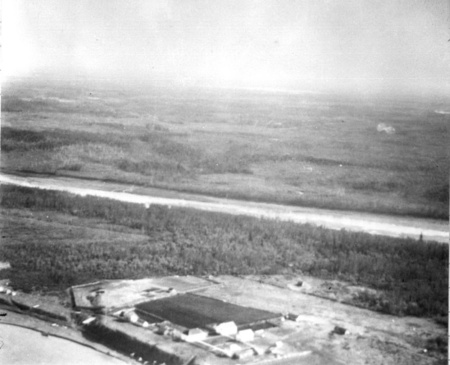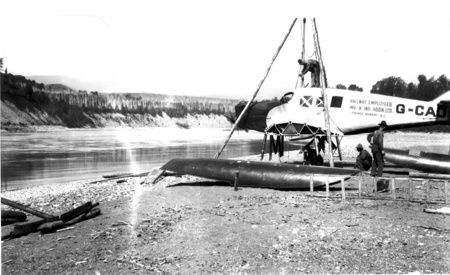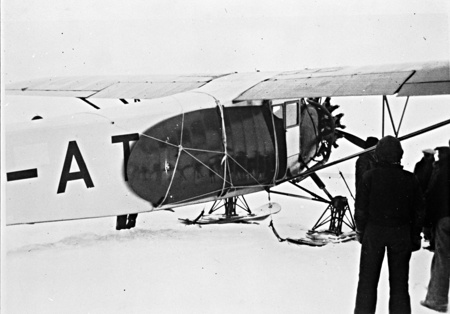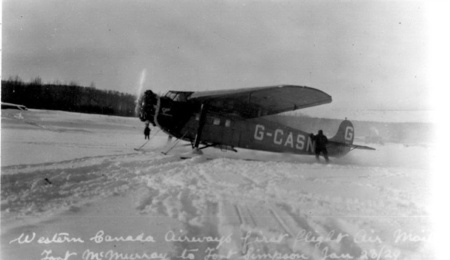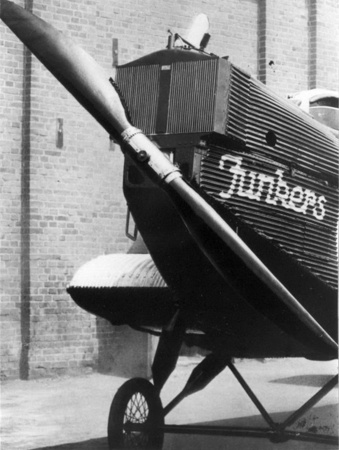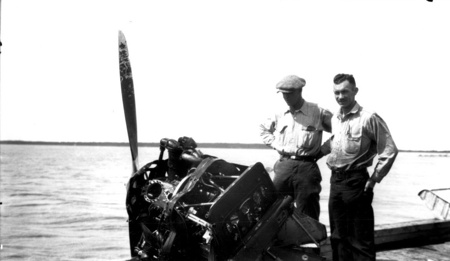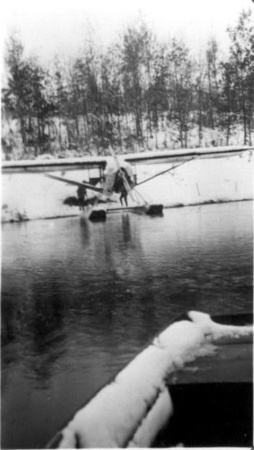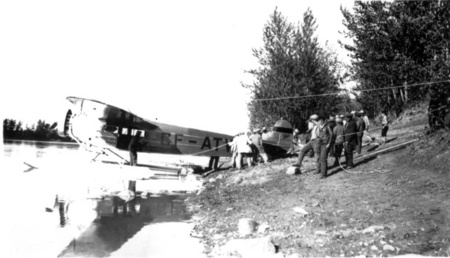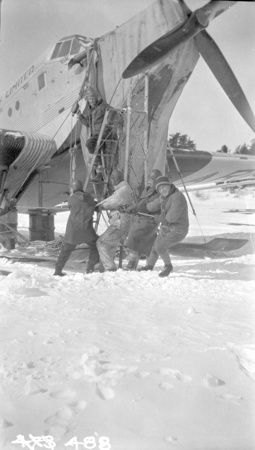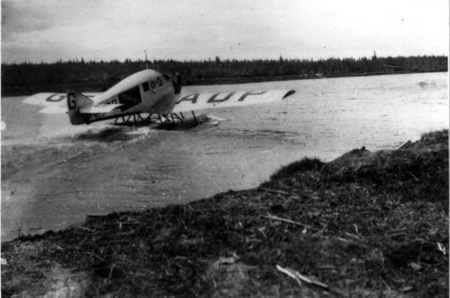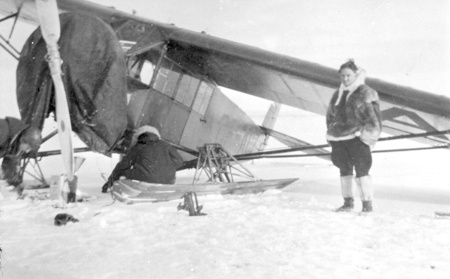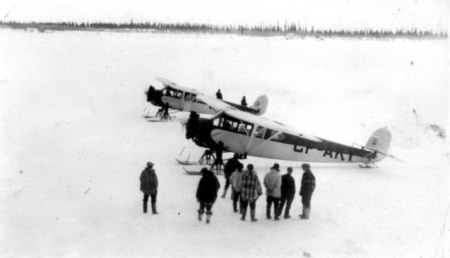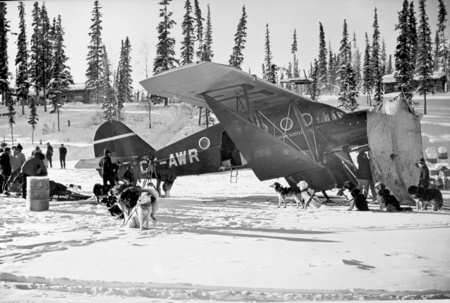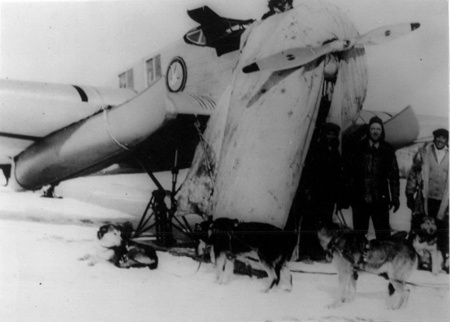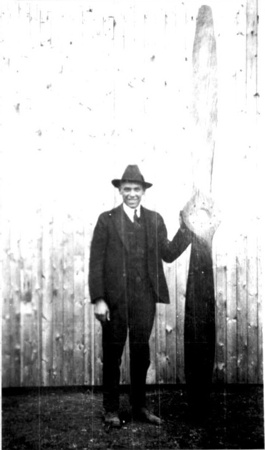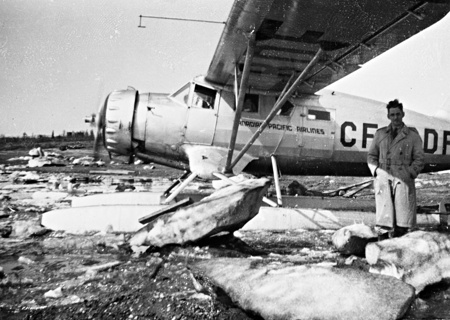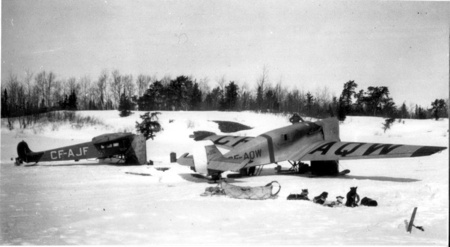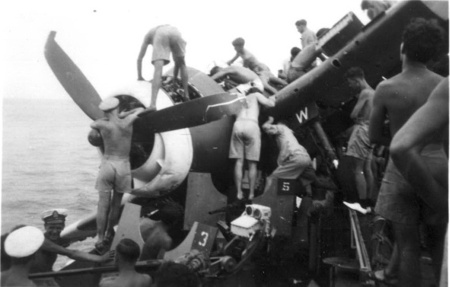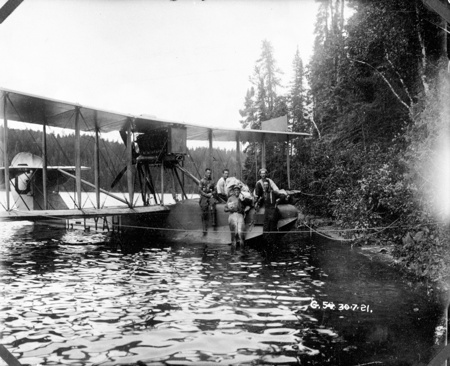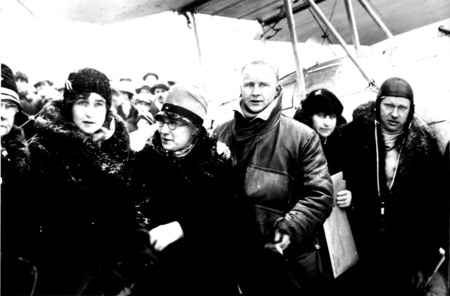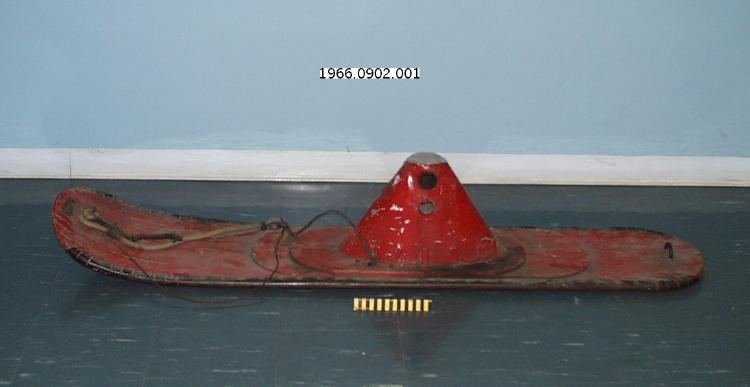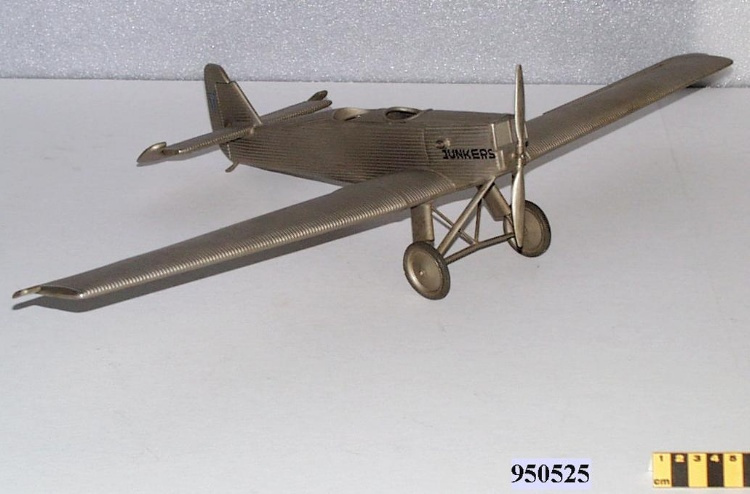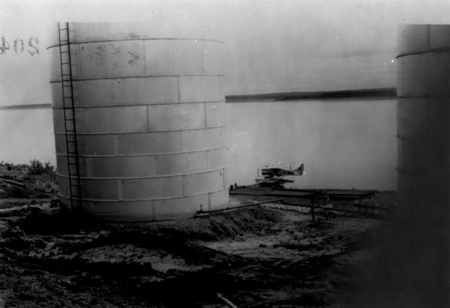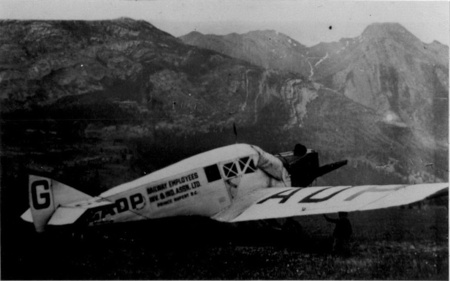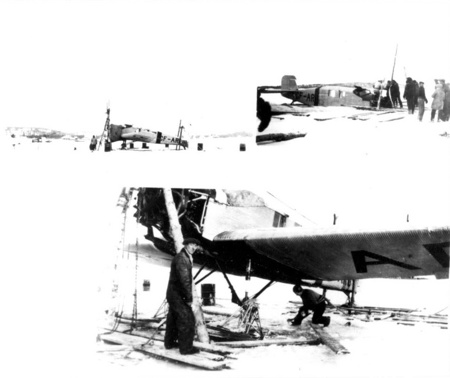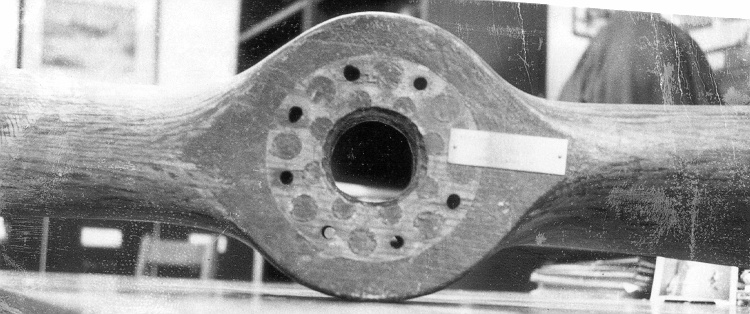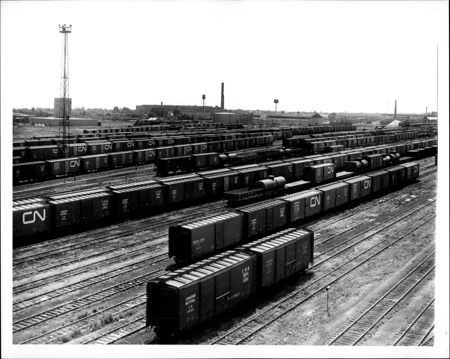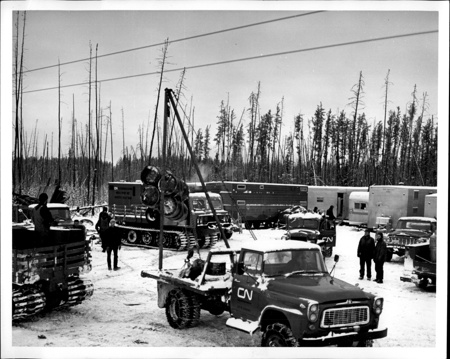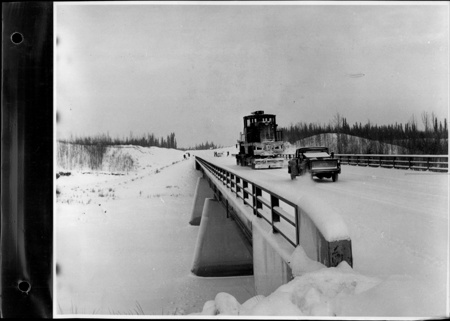Propeller
Use this image
Can I reuse this image without permission? Yes
Object images on the Ingenium Collection’s portal have the following Creative Commons license:
Copyright Ingenium / CC BY-NC-ND (Attribution-NonCommercial 4.0 International (CC BY-NC 4.0)
ATTRIBUTE THIS IMAGE
Ingenium,
1967.0346.001
Permalink:
Ingenium is releasing this image under the Creative Commons licensing framework, and encourages downloading and reuse for non-commercial purposes. Please acknowledge Ingenium and cite the artifact number.
DOWNLOAD IMAGEPURCHASE THIS IMAGE
This image is free for non-commercial use.
For commercial use, please consult our Reproduction Fees and contact us to purchase the image.
- OBJECT TYPE
- fixed pitch/2 blade/wood
- DATE
- 1921
- ARTIFACT NUMBER
- 1967.0346.001
- MANUFACTURER
- Unknown
- MODEL
- FORT SIMPSON
- LOCATION
- Fort Simpson, Northwest Territories, Canada
More Information
General Information
- Serial #
- 2
- Part Number
- 1
- Total Parts
- 1
- AKA
- N/A
- Patents
- N/A
- General Description
- OAK/ BIRCH/ BABICHE GLUE/ BABICHE ARE RAWHIDE THONGS OR LACINGS OFTEN USED IN MAKING SNOWSHOES/ THE GLUE WAS APPARENTLY MADE BY BOILING THESE RAWHIDE STRIPS
Dimensions
Note: These reflect the general size for storage and are not necessarily representative of the object's true dimensions.
- Length
- 291.0 cm
- Width
- 26.2 cm
- Height
- N/A
- Thickness
- N/A
- Weight
- N/A
- Diameter
- N/A
- Volume
- N/A
Lexicon
- Group
- Aviation
- Category
- Aircraft parts
- Sub-Category
- N/A
Manufacturer
- AKA
- Hill
- Country
- Canada
- State/Province
- Northwest Territories
- City
- Fort Simpson
Context
- Country
- Unknown
- State/Province
- Unknown
- Period
- Unknown
- Canada
-
After end of Great War, Imperial Oil began to look into reports of oil in the Mackenzie valley, in Northwest Territories. It purchased two brand-new Junkers-Larsen JL-6s (Junkers F-13s) nicknamed and Vic. These aircraft were to carry a survey crew to stake oil claim - a Canadian first and the first flight in that region of the country. As the winter of 1920-21 came to a close, their crews flew from Edmonton all the way to Fort Simpson, where disaster struck. Rene tipped onto its nose, breaking its propeller and one of its skis. Mechanics for the two aircraft removed the propeller and a ski from Vic, whose engine was not working well, and put them on Rene so that it could continue on its way down the Mackenzie valley. As luck would have it, when Rene tried to take off, its engine stalled. The aircraft tipped onto its nose and broke its propeller. It now looked as if both crews would be trapped in Fort Simpson until one or more propellers could be brought in, aboard a river boat due to arrive during the summer. Out of desperation, the men ask the staff of the Hudson’s Bay Company trading post if they could help. William Hill and Walter Johnson built two exact replicas of the aircraft's propellers using glue made with boiled moose hides and hooves as well toboggan boards. Amazingly, the handmade propellers performed very well. As a result, Imperial Oil was able to stake the entire Norman Wells oil field. The epic journey of Rene and Vic was a turning point in the history of Canada's north as aircraft soon began to open up this region, making travel and transport easier, faster and safer. - Function
-
for aircraft propulsion - Technical
-
a hand-made propeller made in the middle of nowhere with makeshift materials by master craftsmen. - Area Notes
-
Unknown
Details
- Markings
- N/A
- Missing
- N/A
- Finish
- Unknown
- Decoration
- N/A
CITE THIS OBJECT
If you choose to share our information about this collection object, please cite:
Unknown Manufacturer, Propeller, 1921, Artifact no. 1967.0346, Ingenium – Canada’s Museums of Science and Innovation, http://collections.ingeniumcanada.org/en/id/1967.0346.001/
FEEDBACK
Submit a question or comment about this artifact.
More Like This
